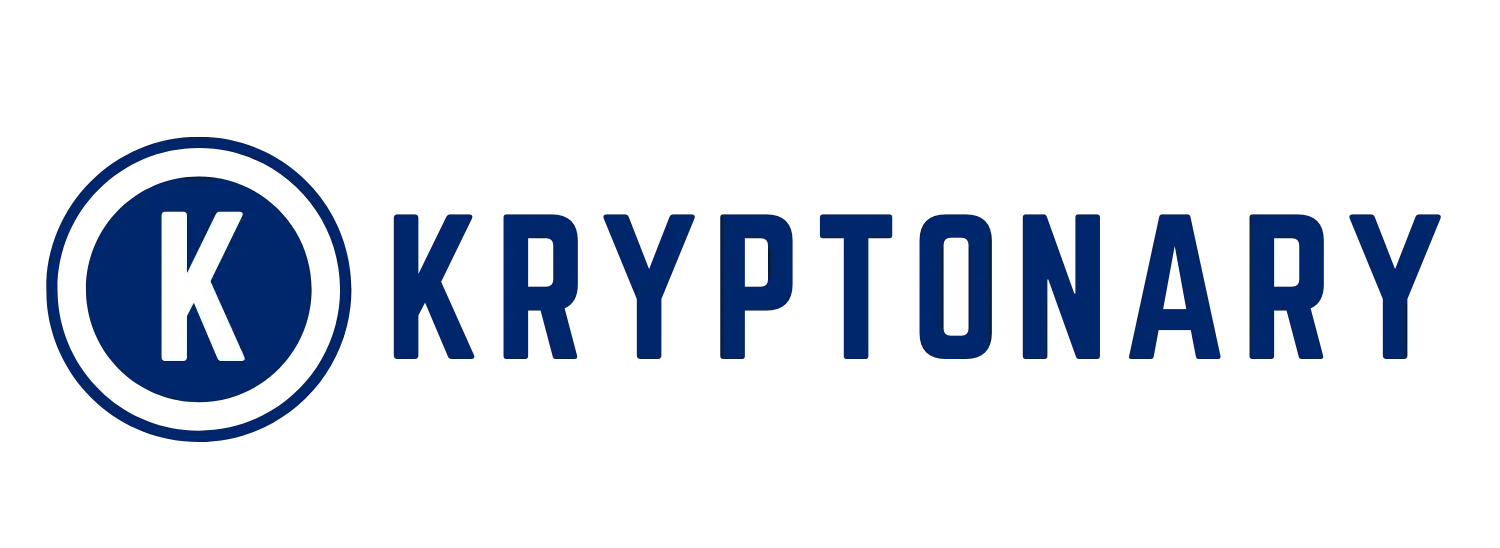Accreditation System Struggles With Outdated Evaluation Methods
The process of higher education accreditation continues to depend on regular evaluations, which can drain resources and postpone the recognition of essential quality concerns. In contrast to other sectors, colleges and universities cling to antiquated, paperwork-heavy procedures, leading to inefficiencies and overlooking chances for immediate enhancements in quality assurance.
Institutions invest significant time and resources in crafting self-studies and narratives, which can shift faculty and administrative focus away from teaching, research, and innovation. Evaluations occur rarely, typically just once every 10 years, which raises the chances that significant issues go unnoticed for long stretches, eroding trust and diminishing effectiveness.
Learning Lessons From Healthcare Quality Oversight
The healthcare sector showcases the impact of ongoing data monitoring on enhancing quality oversight. Hospital accreditation has transformed from sporadic visits to analytics-driven systems that pinpoint issues and allow for immediate responses, rather than waiting for months to address concerns. The dashboards at Johns Hopkins Hospital showcase how essential performance metrics equip administrators with practical insights, facilitating prompt interventions and quantifiable enhancements.
This analytical method stands in stark contrast to the traditional narrative reporting commonly found in higher education. Ongoing observation allows for immediate modifications, assisting organizations in staying flexible and responsible. These lessons demonstrate that accreditation can evolve into a model of evidence-based oversight, maintaining rigor while improving outcomes and significantly lessening regulatory burdens.
Financial Services Model Illustrates Continuous Compliance Monitoring
Financial institutions are shifting to continuous monitoring through platforms for real-time transaction oversight, automating reporting, and improving regulator communication. This proactive approach allows for prompt issue identification, moving away from traditional audits.
Similarly, accreditation could adopt these strategies by leveraging real-time data to identify risks quickly and focus resources on improvements rather than merely complying with documentation. Current data infrastructure facilitates these transformations.
Technology Platforms Enable Data-Driven Accreditation Systems
Several accreditation agencies, including WSCUC, are utilizing technology to improve oversight by developing public dashboards that track institutional performance via return-on-investment indicators. These dashboards offer immediate access to outcome data for families, students, and accreditors, guiding discussions towards informed decisions.
Technology advances enhance data collection, emphasize peer review, and ensure evidence-based accountability. With quality data, accreditors can accurately assess claims, set standards, and collaborate for improvements, transforming accreditation dynamics by promoting transparency and ongoing institutional enhancement.

Source: WSCUC
Artificial Intelligence Unleashes Enhanced Accreditation Potential
Artificial intelligence holds the power to transform industries by examining extensive datasets to uncover patterns that traditional reviews might overlook. Artificial intelligence has the capability to analyze results, financial performance, and operational metrics, uncovering hidden strengths and weaknesses with remarkable efficiency. Organizations might focus their enhancement efforts on significant areas revealed by algorithmic analysis.
Natural language processing has the potential to analyze narrative documents, faculty feedback, and student comments, producing deeper insights into institutional practices. AI systems have the potential to enhance value-added metrics by evaluating wage outcomes in relation to costs while accounting for demographic and regional factors, thus providing more equitable and detailed assessments of institutions.
Implementation Requires Strategic Solutions for Challenges
Shifting to technology-driven accreditation poses difficulties, particularly for smaller institutions that do not have advanced data systems in place. Growing data demands could exacerbate administrative challenges if the focus is on quantity rather than clarity and efficiency in implementation. It is essential to tackle conceptual barriers, as the intricacies of policy can frequently exceed the capabilities of institutions.
Solutions focus on enhancing reporting by integrating data platforms, minimizing redundancy, and boosting accuracy. Accreditation must focus on consistent data collection methods to guarantee validity and comparability among institutions. Real-time dashboards can deliver up-to-date insights into program performance, minimizing delays and enhancing evidence-based decision-making across the institution.
Technology Redefines Accreditation and Institutional Improvement
Ongoing technology-driven monitoring is revolutionizing accreditation by shifting the focus from retrospective audits to proactive enhancements. This approach allows institutions to identify and address problems early, thereby improving accountability and operational efficiency. Enhanced visual dashboards further promote public trust by making performance data accessible to stakeholders.
Various sectors show that technology can improve oversight and reduce administrative burdens. Higher education has the opportunity to adopt similar strategies, creating accreditation systems that encourage innovation, accountability, and improved student outcomes. By embracing technology, accreditation can become a catalyst for meaningful institutional change rather than simply a bureaucratic obstacle.















